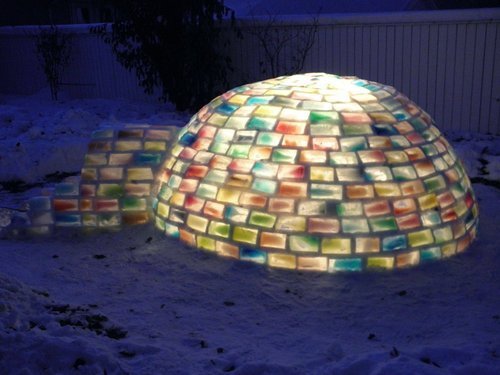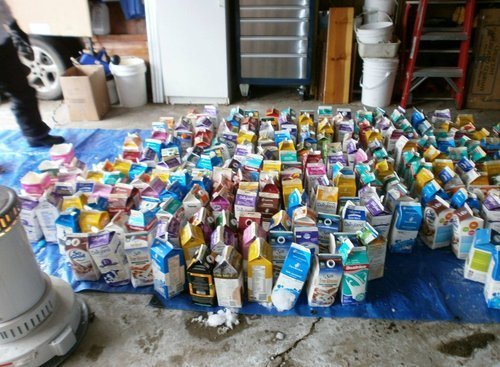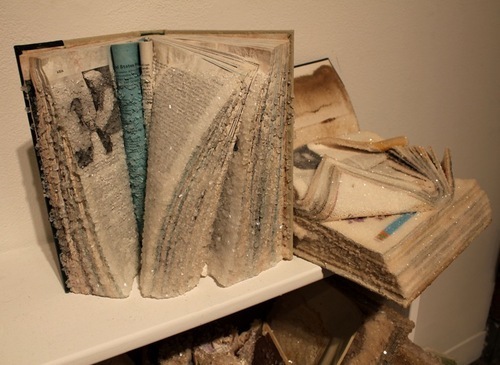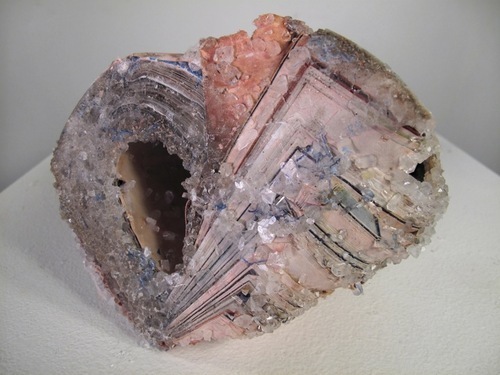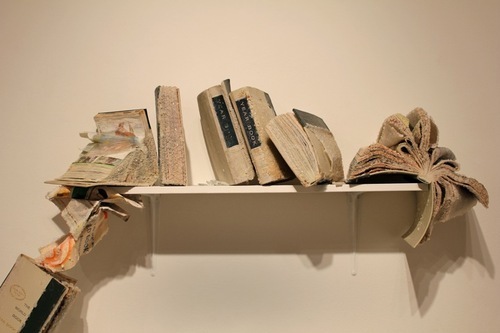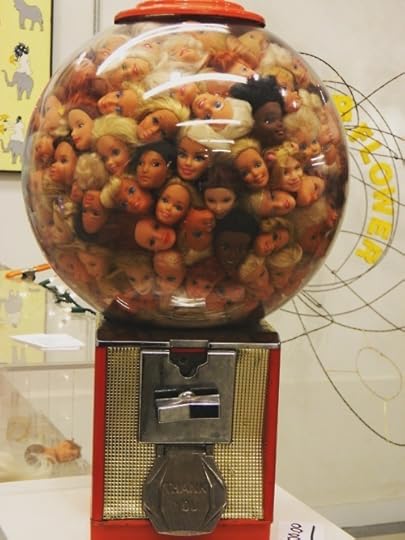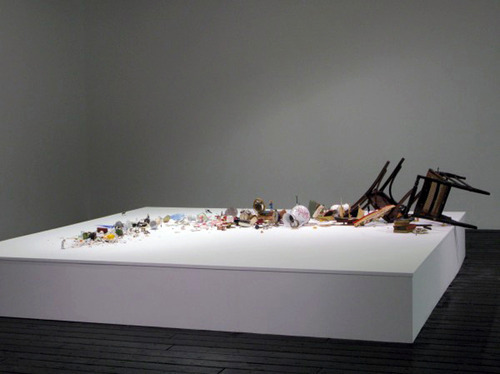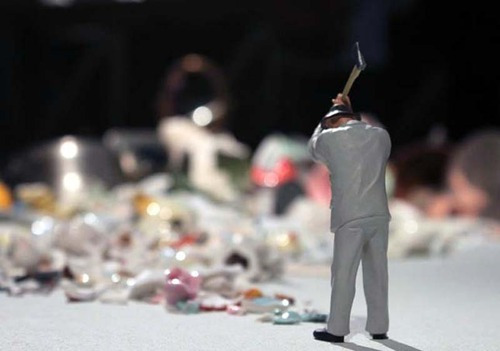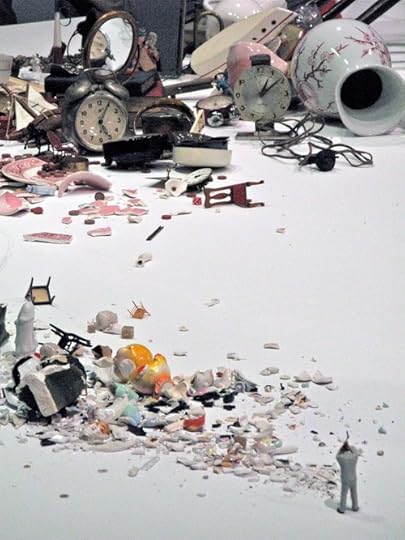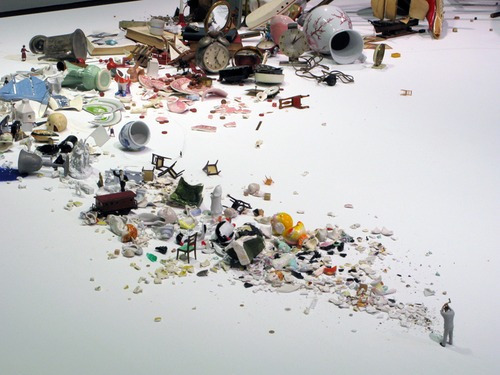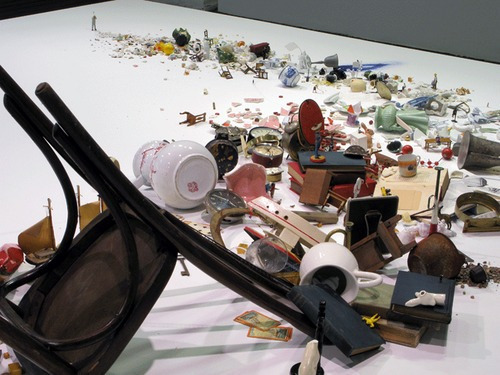Emily M. Danforth's Blog, page 62
January 11, 2013
25 Handy Words That Simply Don't Exist in English
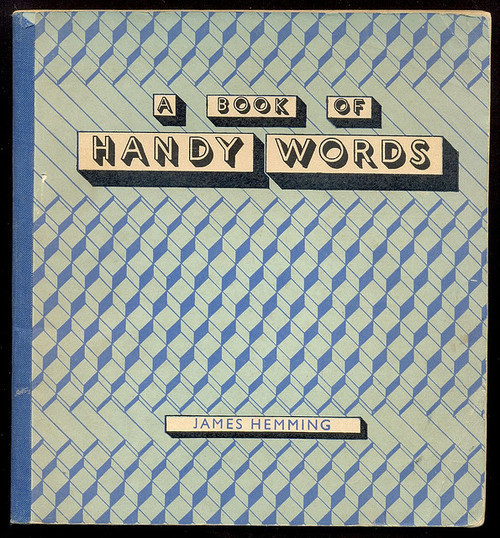
1 Age-otori (Japanese): To look worse after a haircut
2 Arigata-meiwaku (Japanese): An act someone does for you that you didn’t want to have them do and tried to avoid having them do, but they went ahead anyway, determined to do you a favor, and then things went wrong and caused you a lot of trouble, yet in the end social conventions required you to express gratitude
3 Backpfeifengesicht (German): A face badly in need of a fist
4 Bakku-shan (Japanese): A beautiful girl… as long as she’s being viewed from behind
5 Desenrascanço (Portuguese): “to disentangle” yourself out of a bad situation (To MacGyver it)
6 Duende (Spanish): a climactic show of spirit in a performance or work of art, which might be fulfilled in flamenco dancing, or bull-fighting, etc.
7 Forelsket (Norwegian): The euphoria you experience when you are first falling in love
8 Gigil (pronounced Gheegle; Filipino): The urge to pinch or squeeze something that is unbearably cute
9 Guanxi (Mandarin): in traditional Chinese society, you would build up good guanxi by giving gifts to people, taking them to dinner, or doing them a favor, but you can also use up your gianxi by asking for a favor to be repaid
10 Ilunga (Tshiluba, Congo): A person who is ready to forgive any abuse for the first time, to tolerate it a second time, but never a third time
11 L’esprit de l’escalier (French): usually translated as “staircase wit,” is the act of thinking of a clever comeback when it is too late to deliver it
12 Litost (Czech): a state of torment created by the sudden sight of one’s own misery
13 Mamihlapinatapai (Yaghan): A look between two people that suggests an unspoken, shared desire
14 Manja (Malay): “to pamper”, it describes gooey, childlike and coquettish behavior by women designed to elicit sympathy or pampering by men. “His girlfriend is a damn manja. Hearing her speak can cause diabetes.”
15 Meraki (pronounced may-rah-kee; Greek): Doing something with soul, creativity, or love. It’s when you put something of yourself into what you’re doing
16 Nunchi (Korean): the subtle art of listening and gauging another’s mood. In Western culture, nunchi could be described as the concept of emotional intelligence. Knowing what to say or do, or what not to say or do, in a given situation. A socially clumsy person can be described as ‘nunchi eoptta’, meaning “absent of nunchi”
17 Pena ajena (Mexican Spanish): The embarrassment you feel watching someone else’s humiliation
18 Pochemuchka (Russian): a person who asks a lot of questions
19 Schadenfreude (German): the pleasure derived from someone else’s pain
20 Sgriob (Gaelic): The itchiness that overcomes the upper lip just before taking a sip of whisky
21 Taarradhin (Arabic): implies a happy solution for everyone, or “I win. You win.” It’s a way of reconciling without anyone losing face. Arabic has no word for “compromise,” in the sense of reaching an arrangement via struggle and disagreement
22 Tatemae and Honne (Japanese): What you pretend to believe and what you actually believe, respectively
23 Tingo (Pascuense language of Easter Island): to borrow objects one by one from a neighbor’s house until there is nothing left
24 Waldeinsamkeit (German): The feeling of being alone in the woods
25 Yoko meshi (Japanese): literally ‘a meal eaten sideways,’ referring to the peculiar stress induced by speaking a foreign language
(by Alex Wain for So Bad, So Good: http://sobadsogood.com/2012/04/29/25-words-that-simply-dont-exist-in-english/)
January 10, 2013
"To me, the novel is so human, the only thing I’m interested in—I can’t imagine anything better in..."
- Frank O’Connor (via theparisreview)
January 9, 2013
Bad Ideas for Good Stories
Claire Vaye Watkins and the Myth of the Good Idea
In the 72nd in a series of posts on 2012 short story collections entered for The Story Prize, Claire Vaye Watkins, author of Battleborn (Riverhead Books), discusses bad ideas for bad stories and bad ideas for good stories.
What’s the worst idea for a story you ever had?
It’s difficult to determine the worst idea I ever had for a story, and not just because I’ve had so many. There was the one about a town that builds a rocket ship to colonize the moon, deciding to leave all the rabble-rousing feminists behind. There was the one about a stoner dropout whose absentee father recruits him to repair his failed marriage (the stoner agrees, inexplicably, and ends up with his dad, watching his stepmother have sex with her new lover atop a trampoline. Naturally, they watch from beneath said trampoline). There was the one about two brothers who ride bikes through town after a flash flood has garlanded the streets with carcasses of drowned tabby cats. A Judy Garland figure tries to seduce a young guest—a trailer park chubber named Jellyroll—at her ten year-old daughter’s birthday party. A couple travel to Fort Vancouver to nurture their last shred of love and respect for each other, which is, of course a literal shred that closely resembles menstruate, and which they keep in a Tupperware dish, for it is, yes, animate (chase scene!). There was the one—a comedy—about a mother who returns to college and chains her son to a boulder in their front yard because she suspects him of masturbating to an issue ofReader’s Digest she’s not yet read.
Those are perhaps obviously rotten ideas, but what about the 9/11 story wherein a teenage girl allows her best friend to be gang raped? Or the story about a gay madam who falls for a foxy Italian tourist who holes up in his brothel when the Italian’s companion disappears in the desert? Or the one about the Forty-Niner who can see the future? Or the one where pretty much nothing happens except two abortions?
Those all sound pretty lousy, too, and they may be, but those are the ideas for some of the stories inBattleborn. My thinking is there’s no such thing as a bad idea for a story. Or perhaps what I mean is every idea for a story is bad until you make it good. Any time I’ve written anything good I’ve spent the vast majority of the composition process convinced it was an utter stinker. And they were stinkers, until they weren’t, at which point they were done. The only way to get from one to the other is work. That’s the tiny, tremendous membrane separating Joshua, the homesick and clairvoyant Forty-Niner in “The Diggings,” from poor lil’ Jellyroll.
Debunking the myth of the good idea is essential for the short story writer. It is, I think, essential for any writer working in any genre other than film or television. There’s a reason fiction writers don’t pitch their books (imagine Toni Morrison saying, “Picture this! Ghost baby has sex with her mom’s boyfriend! It’ll win a Nobel!”). The idea is a formality, mere permission. The triumph is what you do with it.
This post is dedicated to the memory of young Jellyroll. May he rest in peace.
(from http://thestoryprize.blogspot.com/)
January 8, 2013
Heads up!
Oh hoorah, hooroo! The only way this interview could have been more fun (for me personally, I mean) is if we’d done it in person. I adore (my literary feud partner) JC-dubs—as you’ll see on the 14th.
Hey people,
Stay tuned (and please reblog/retweet this) for my interview with Morris Award finalist emily m. danforth on January 14th!
In the tradition of past William C. Morris Award (for Debut YA) finalists and winners, I will be posting a lovely little conversation with this awesome author and friend.
C.
fer1972:
An Igloo in the backyard made up of cartons via...
January 7, 2013
fer1972:
Crystalized Books by Alexis Arnold
January 6, 2013
jhermann:
left, paintings by Edward Hopper: Summer...
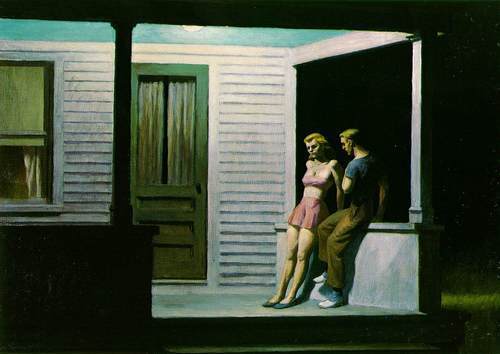
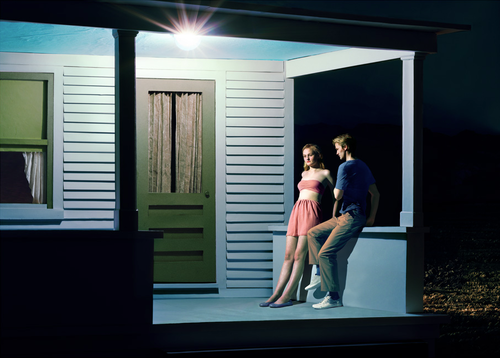
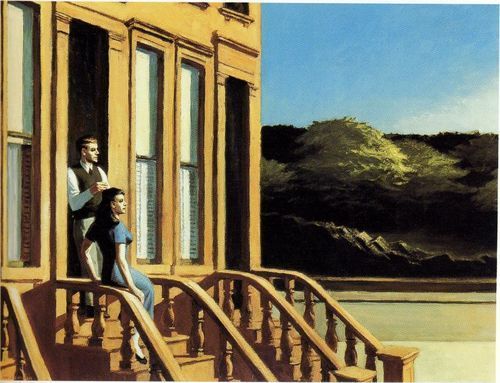
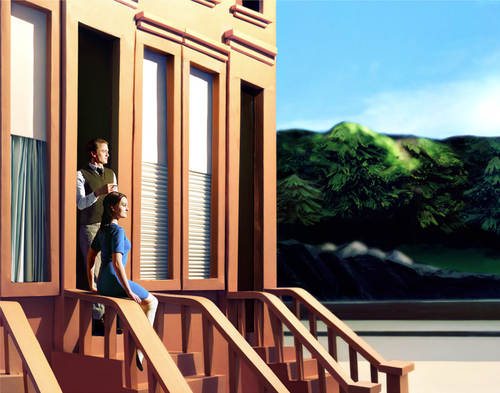
left, paintings by Edward Hopper: Summer Evening (1947) and Sunlight on Brownstones (1956)
right, photos by Laetitia Molenaar (2012).
click through for detail & two more recreations
A character in my novel-in-progress longs to live inside Edward...

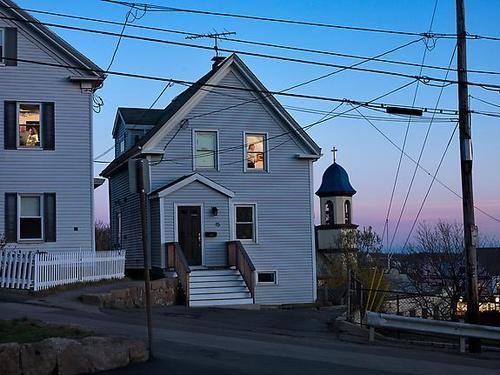

A character in my novel-in-progress longs to live inside Edward Hopper paintings. These Hopper-inspired photographs by Gail Albert Halaban almost make you believe that’s possible.
Read more about the series here (and see some of the original Hopper paintings that inspired her): http://www.npr.org/blogs/pictureshow/2012/12/11/166876847/if-edward-hopper-had-been-a-photographer
Visit Halaban’s website here: http://www.gailalberthalaban.com


